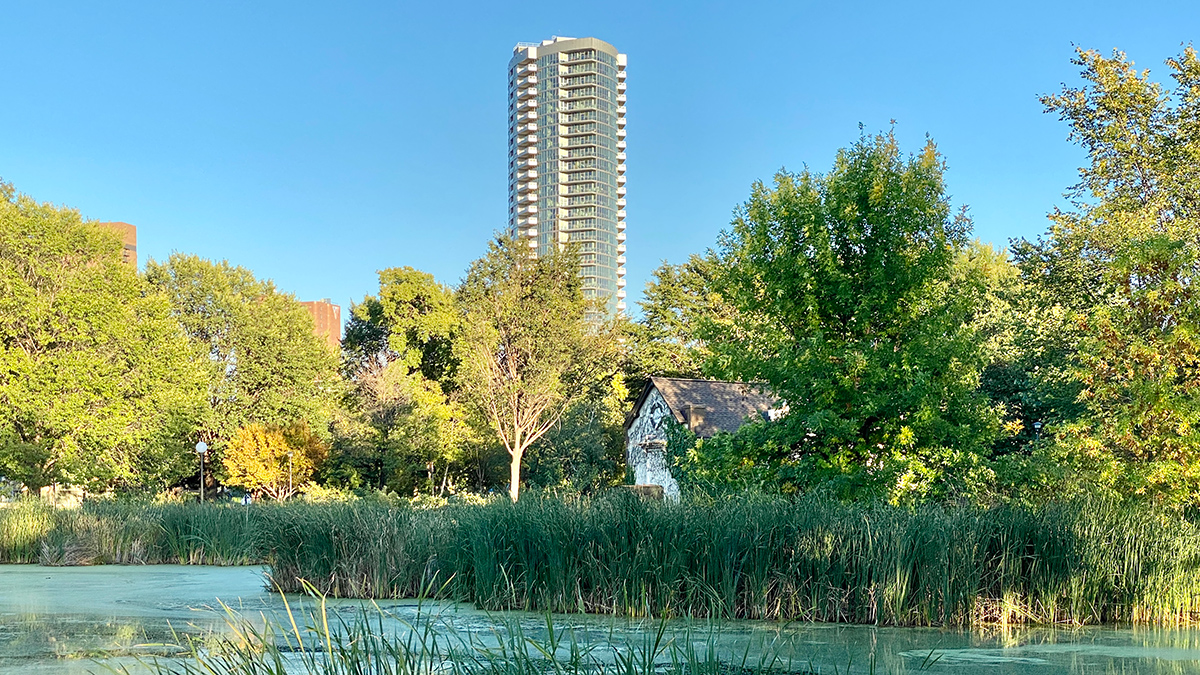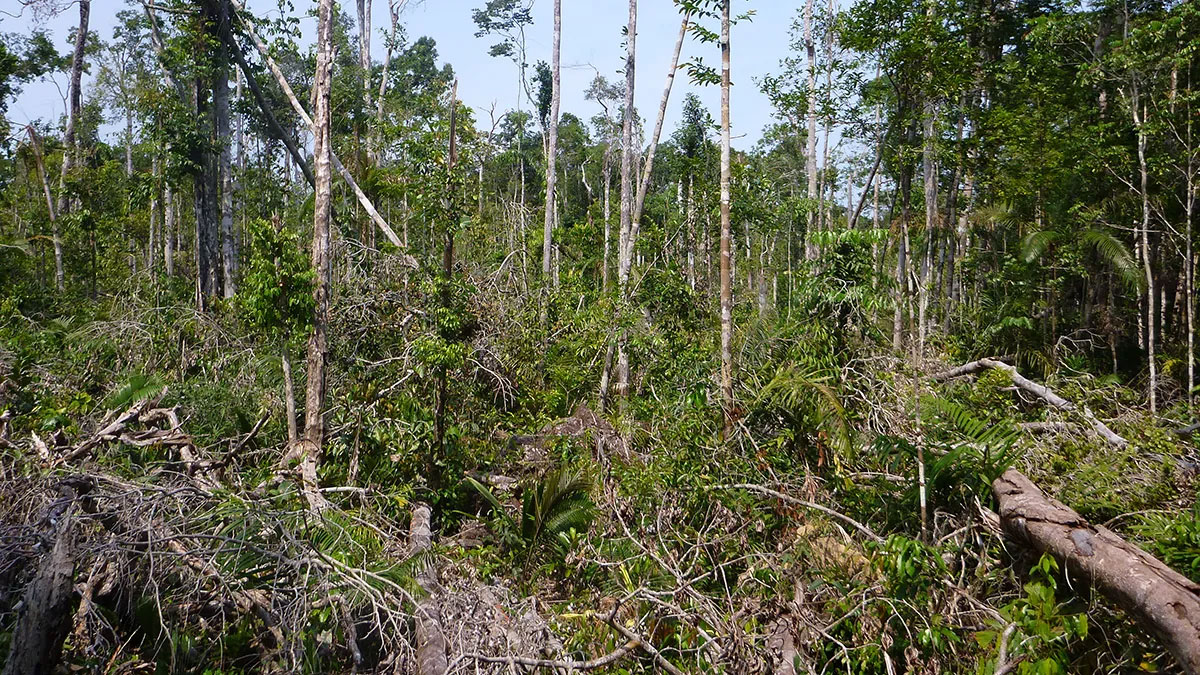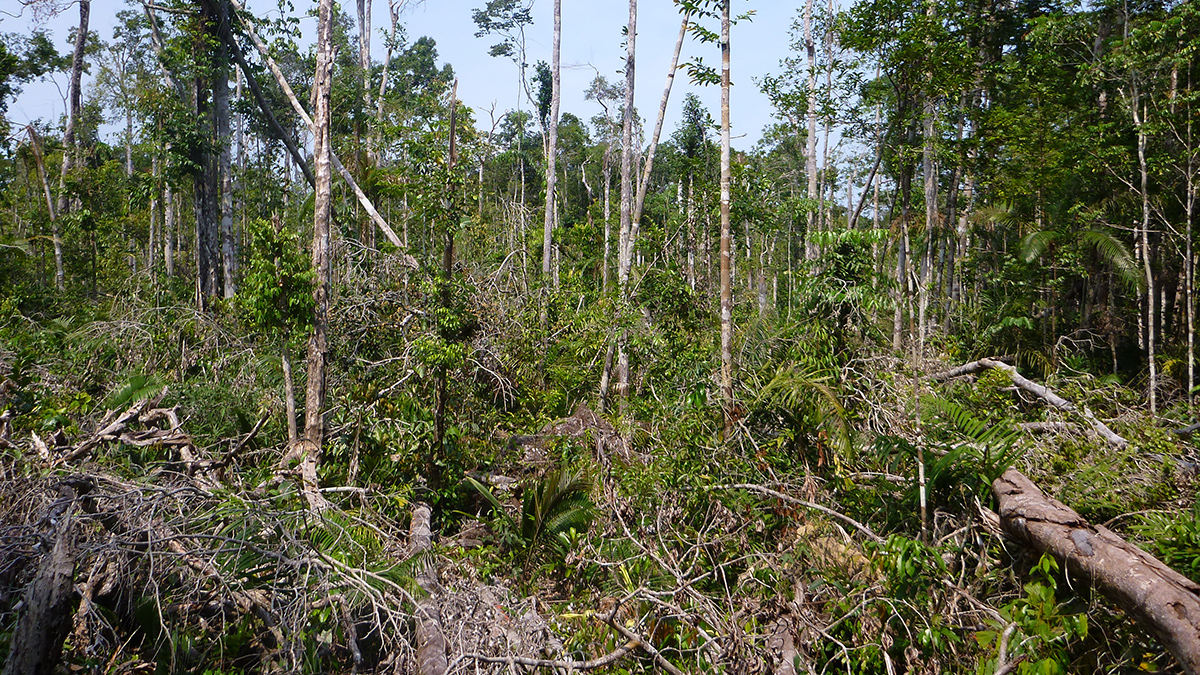A new study reports a rare set of data on greenhouse gas production and transport for a tropical peatland plantation showing exceptionally high concentrations of dissolved organic carbon.
trees
A Warming Climate Is Shifting Eurasian Drought Conditions
Researchers use tree ring records to help reconstruct hydroclimate patterns and isolate drivers of drought.
Trees Can Cool Cities, But Only with a Little Help
To get the benefits of trees, city managers must give greenery what it needs to thrive, says new research.
Sensing Potential, Scientists Refine Thermal Imaging of Ecosystems
At a recent “bake-off,” researchers judged thermal infrared cameras and developed guidelines for their consistent use in studying vegetation temperatures, which illuminate vital ecosystem processes.
Boreal Forests May Be on the Move
A new model shows a tendency for tree cover to decline in warmer areas and increase in colder ones.
Las tormentas están tirando cada vez más árboles
La cantidad de árboles derribados por el viento ha incrementado casi cuatro veces en la región, probablemente por tormentas más fuertes.
Buried Tree Stumps Show Shoreline Shifts of the Outer Banks
Storms are unburying centuries-old stumps on North Carolina’s barrier islands. Researchers hope these long-gone forests can help land managers plan for the future.
Storms Are Knocking Down More and More Trees in the Amazon
Windthrows have increased nearly fourfold in the region, likely because of stronger storms.
Some Urban Trees Suffer Under Climate Stress
Heat and drought hit trees in Boston and New York City harder than those in their rural counterparts.
Volunteers Track Parisian Pollution with the Help of Tree Bark
Participants in the Ecorc’Air project are using magnetic particles deposited on tree bark to reveal local traffic pollution patterns.










